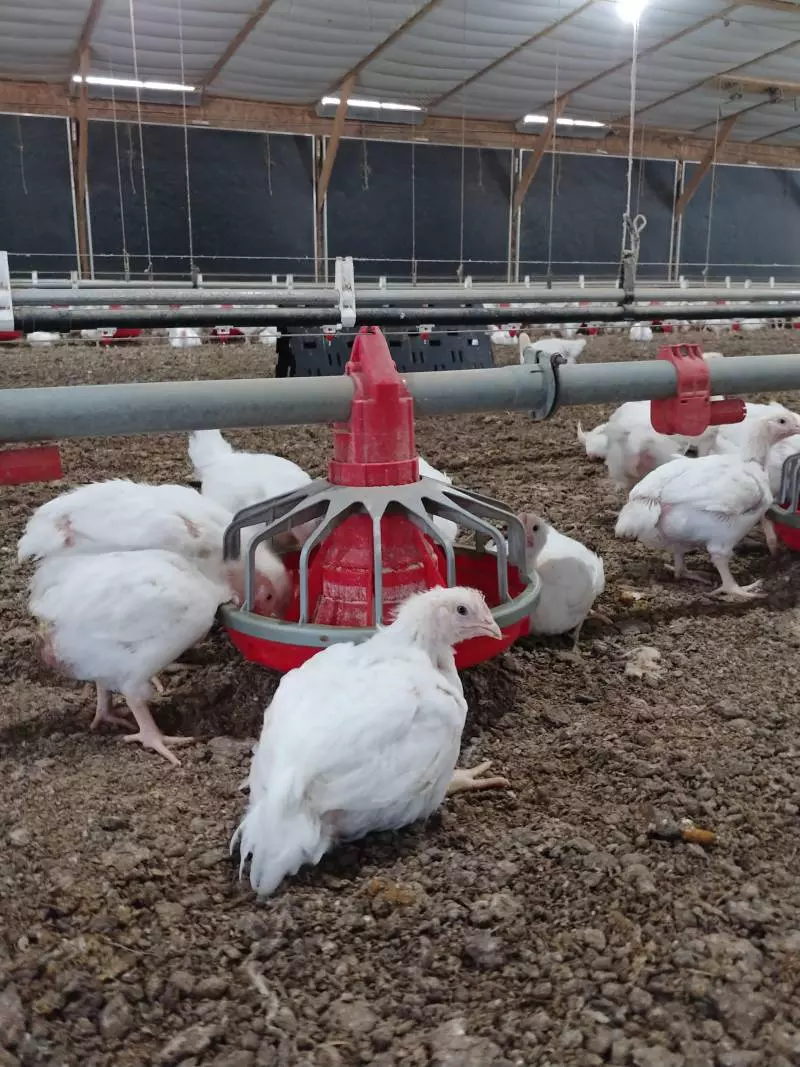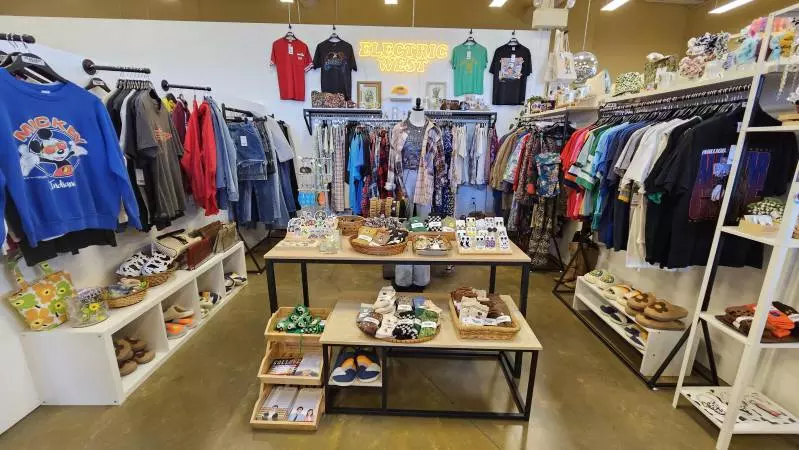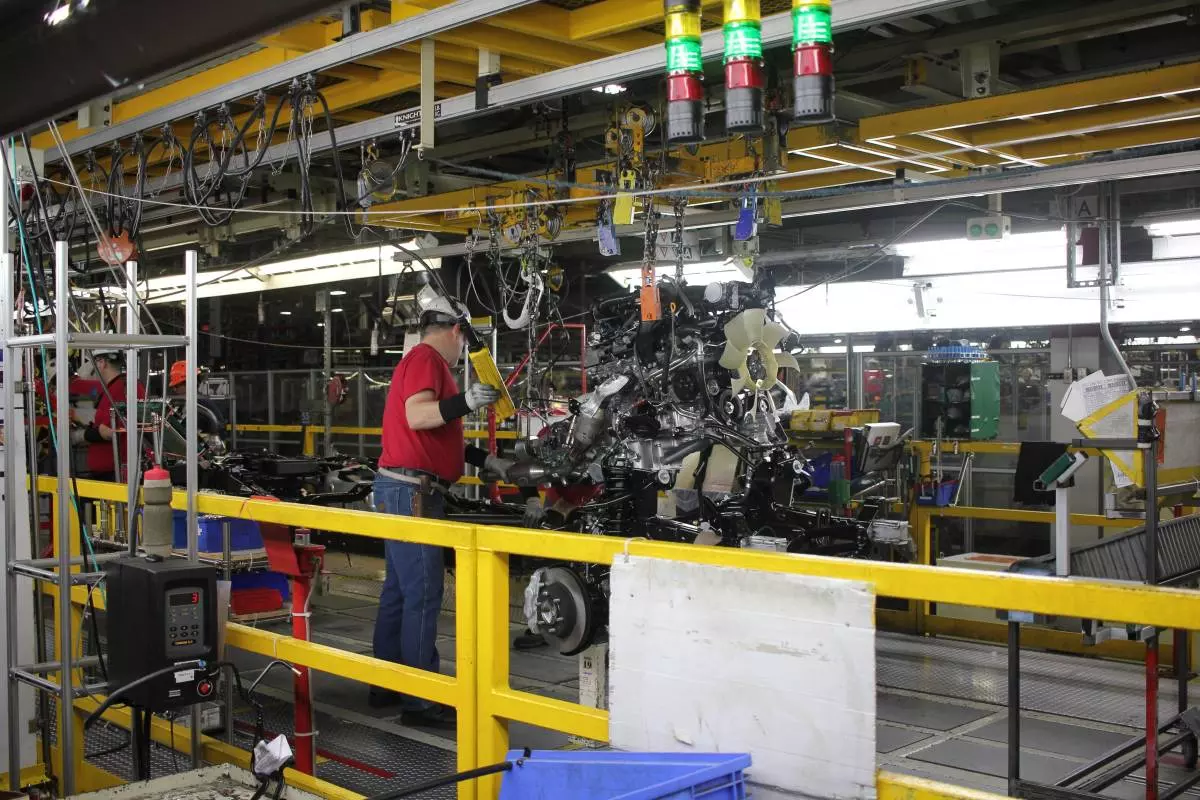As we approach the holiday shopping season, many of us are facing sticker shock when comparing American-made products to imported alternatives. While the initial price difference can be substantial, there are compelling reasons why choosing domestic products is worth the investment. Let's explore some specific examples that illustrate why supporting American production isn't just patriotic, it's a smart choice for our health, economy, and environment.
I was like a lot of you guys, I struggled to make ends meet and at points I even had to drive a few hours on Lyft at the end of the month just to be able to pay bills. I'm not rich now, but as an older guy who has the benefit of hindsight I can say with certainty that we all got fat, dumb and lazy chasing after cheap goods. While I always supported the concept of "American Made", I didn't quite understand the true impact until spending time living in Michigan and Ohio where I got a better understanding for why American goods cost more.
More importantly I had the time to slow my life down a bit and look around.
The reality becomes very clear if you take a step back. Do you want the United States workers to share the same standard of living that folks in China or Bangladesh have? Where they go to work in dark, dirty factories filled with microscopic debris particles because it's cheaper than installing filtration systems? Do we want rivers, lakes and lands polluted by industrial waste? How about wondering if our produce is tainted because the regulation was lax?
These things all cost money to implement and the United States is not perfect ... but we try. American voters expect quality and safety, but when it comes time to buy it ... too often we choose to save a dollar buying cheap shit that undermines our own families health and safety.
Let's take a look at some of these situations that make American goods more expensive, but ultimately make them the smart choice!

Food Safety
The contrast between American and imported food safety standards is stark, particularly in certain product categories. Take garlic, for example. While Chinese garlic dominates the global market with lower prices, investigations have revealed concerning practices. Chinese producers often use prohibited pesticides and bleaching agents to achieve that pristine white appearance consumers expect. In contrast, American garlic farms, particularly in California's Central Valley, operate under strict USDA guidelines that prohibit these practices.
Another telling example is honey production. The American honey industry faces constant competition from adulterated imported products that are cut with corn syrup or other sweeteners. The FDA has intercepted numerous shipments of contaminated or falsely labeled honey, particularly from China. American beekeepers must adhere to strict standards for hive management, honey processing, and labeling—protections that ensure you're getting pure, unadulterated honey.
Supporting American Workers
The apparel industry provides some of the most striking examples of why buying American matters for workers. Consider a simple t-shirt. While an American-made shirt might cost $25 compared to $5 for an imported version, that price difference reflects real workplace protections. American garment workers earn at least minimum wage (often more), receive overtime pay, and work in facilities that must meet OSHA safety standards.
In contrast, investigations into overseas garment factories routinely uncover unsafe working conditions, including poor ventilation, blocked fire exits, and exposure to harmful chemicals without proper protection. The 2013 Rana Plaza collapse in Bangladesh, which killed over 1,000 workers, brought these issues to global attention, yet unsafe conditions persist in many manufacturing countries.
A lesser-known example comes from the furniture industry. North Carolina's furniture makers operate in facilities with proper ventilation systems to protect workers from wood dust and chemical fumes. Meanwhile, investigations into overseas furniture factories have found workers exposed to toxic finishing chemicals without adequate protection, leading to serious respiratory issues.
Protecting The Environment and Working Conditions
The meat processing industry provides a clear example of how American environmental and worker protection standards make a difference. U.S. pork producers must comply with EPA regulations on waste management and water pollution. In contrast, investigations into Chinese pork production have revealed widespread dumping of untreated waste into waterways and the use of banned growth hormones.
American steel production, while more expensive, operates under strict emissions controls and worker safety protocols. U.S. Steel's facilities in Pennsylvania, for instance, have invested millions in environmental controls and worker safety systems. Meanwhile, steel mills in some countries continue to operate with minimal pollution controls, contributing significantly to air quality issues in the the areas immediately surrounding those industrial sites as well as contributing globally to climate change challenges.
The electronics recycling industry provides another compelling example. American recyclers must follow strict EPA guidelines for handling hazardous materials and protecting workers. In contrast, investigations have documented dangerous practices in overseas recycling operations, where workers, often including children, dismantle electronics without proper protection from toxic materials.

Making Smart Choices This Holiday Season
As you shop this holiday season, consider these real-world examples. That American-made cast iron skillet from Lodge Manufacturing in Tennessee might cost more than an imported version, but it's produced in facilities that protect both workers and the environment. The extra cost of American-made toys reflects real investments in safety testing and quality control ... investments that protect our children.
Another choice to consider is looking at marketplaces like Sea Hive in San Diego, located at Liberty Station, this is a mix of handmade, curated vintage products, and items that otherwise might have ended up at Goodwill but now have been enhanced and turned into something awesome ... all while supporting American craftsman and small businesses.
While finding American-made alternatives can be challenging, resources like the Made in America Movement and USA Love List can help you locate domestic manufacturers. Consider that paying a premium for American-made goods is an investment in maintaining manufacturing expertise, supporting fair labor practices, and protecting our environment.
A Note on Free Trade
I support free trade, but it works best between nations with comparable standards. Trading with partners like Canada, where meat packing plants must meet similar safety standards, or the European Union, which often has even stricter chemical safety regulations than the US, creates healthy competition while maintaining high standards. This trade raises the bar globally rather than incentivizing a race to the bottom.
Let's make conscious choices about where our dollars go this holiday season. Every purchase of an American-made product is a vote for maintaining the standards and protections we value as a nation. The higher price tag reflects real investments in worker safety, environmental protection, and product quality—investments that benefit us all in the long run.
